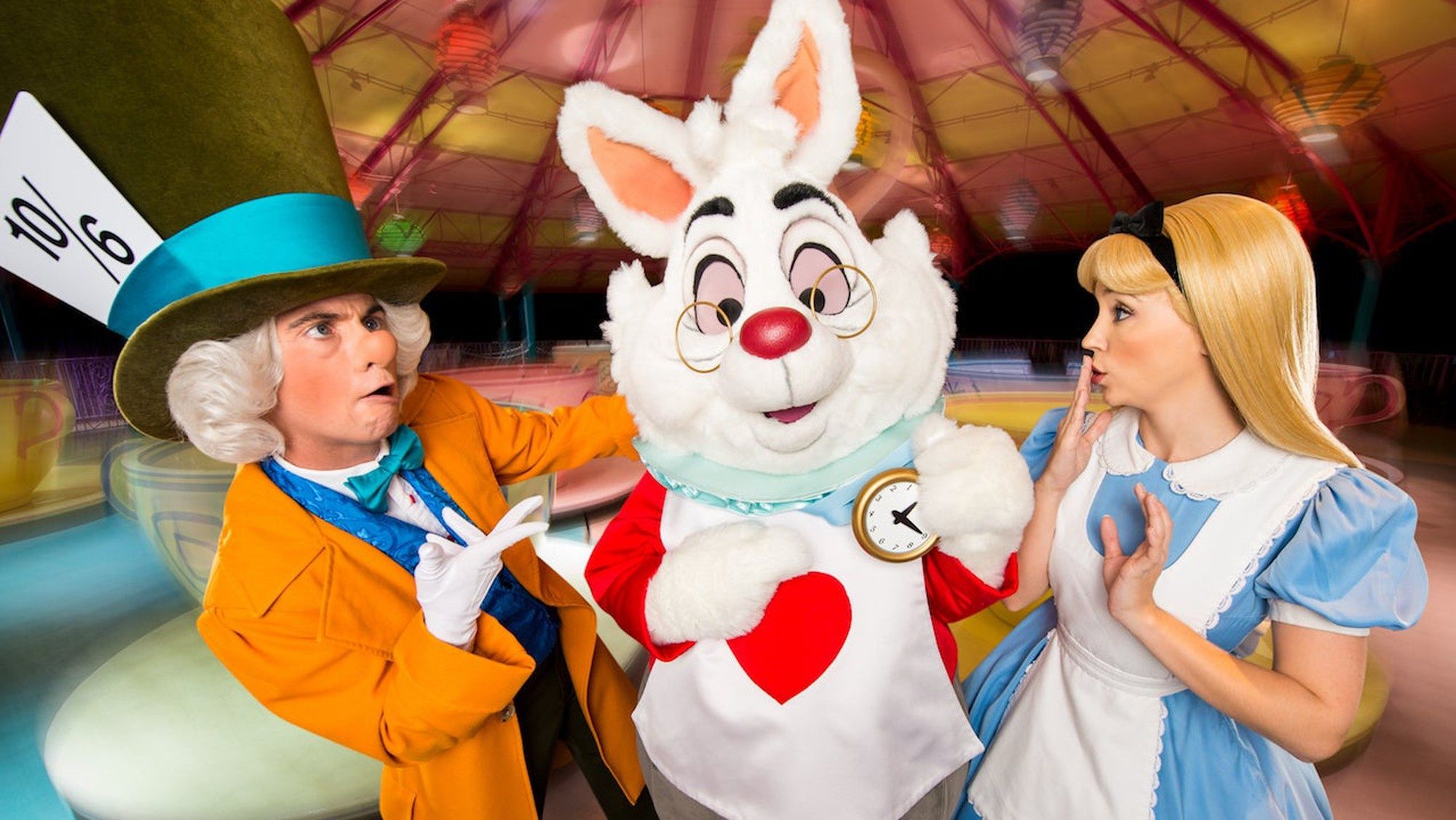Disney's (DIS 0.11%) push into over-the-top streaming is going to be expensive. On top of additional content spending, Disney will see a drop in licensing revenue as it retains more content rights for its own streaming services. That all adds up to some big losses for the entertainment giant.
Hulu could lose as much as $1 billion for Disney in the first year of its majority ownership. Analysts estimate ESPN+, its sports-streaming service, will cost between $200 million and $500 million this year and bring in revenue of around $100 million.
But focusing on the big losses of Disney's streaming services misses the value they create for the company. Disney is finally hedging against the declines in cable subscribers and the potential that ESPN and its other networks won't be able to continuously ramp up affiliate rates for distributors to offset subscriber losses.

ESPN+, Disney's sports streaming service. Image source: Disney.
Cord-cutting's impact on Disney
Disney has been able to overcome the challenges facing the pay-TV market and continue growing revenue in its cable networks segment. The driving force behind that growth is ESPN, which has increased affiliate revenue thanks to long-term contracts that require distributors to pay an increasing amount per subscriber every year.
Disney is able to exhibit significant pricing power for ESPN, as it's one of the few networks that can convince a cable subscriber to keep paying for the bundle month after month. On the other hand, Disney pays up for the rights to its valuable sports content, which has weighed on profitability.
But the law of diminishing returns means distributors won't be willing to pay more for ESPN every year indefinitely. At some point the added cost of ESPN and its associated networks doesn't retain enough subscribers to justify the expense. Distributors have been experimenting with ESPN-less bundles for several years now, and are getting a better understanding of what the real value of the networks are.
Disney needs to be prepared for further declines in cable subscribers combined with a slowdown in affiliate fee increases. Offering several direct-to-consumer services is the best way to hedge against that bet.
Attracting a critical mass
For every subscriber lost at ESPN, Disney needs to attract almost twice as many ESPN+ users to offset the decreased revenue. ESPN's two flagship networks have a combined affiliate fee of about $8.50. ESPN charges $5 per month for ESPN+ or $50 per year.
Over the last couple years, Disney has lost about 2 million subscribers per year for both ESPN and ESPN2. So even after attracting 1 million subscribers in five months, Disney isn't even close to offsetting the subscriber losses from traditional distribution.
But it's investing heavily. It's signed several big contracts with sports leagues for streaming rights, including UFC and League of Legends esports events. With a relatively small audience, these rights come with high guarantees.
Disney is also spending a lot on marketing its streaming services. Macquarie analysts expect the company to spend $100 million over the next three years on marketing and technology expenses just for ESPN+. At the same time, Hulu (of which Disney is still a minority stakeholder) is ramping up marketing efforts considerably.
Netflix (NFLX 0.67%) has taken a similar approach. Even at 137 million subscribers, it's still investing in content and marketing in an effort to reach the next 100 million customers. That comes with significant cash burn up front, but the expectation is that it will result in strong positive cash flow long term when it reaches its subscriber goals.
That path ought to work for Disney. Invest now as a way to keep cord-cutters from abandoning Disney properties altogether, and after years of scaling the user base, the company can show profits for its various direct-to-consumer services. The turnaround time for Disney should be considerably faster than Netflix considering it already has a massive trove of content rights between its cable networks and film studio output, but it needs to invest in additional content, marketing, and technology now in order to keep growing in the long term.
With $2.9 billion in net income in the third quarter, Disney can certainly afford to take the time and money to grow its streaming services before worrying about their profitability.







